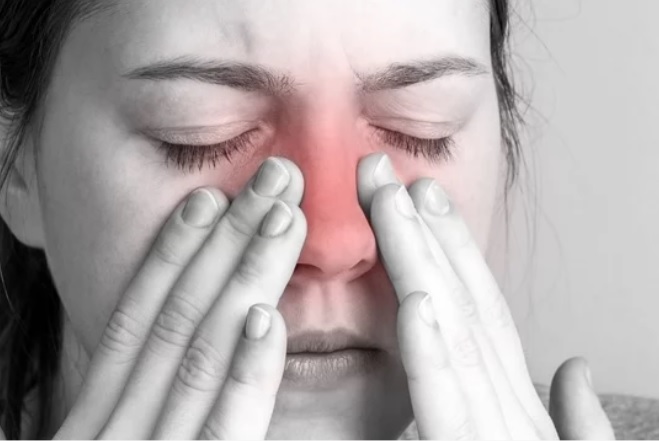Today, we are going to talk about a problem that troubles many patients: sinusitis, commonly known as a cold.
Many people use incorrect terms like “I have sinus,” “I have a cold,” or “I have a flu” to describe SINUSITIS.
The correct medical term actually is “RHINOSINUSITIS”, which combines inflammation of the nose (rhinitis) and inflammation of the sinuses (sinusitis).
The nose and sinuses are separate but connected structures, so they usually get inflamed together, leading to the correct term RHINOSINUSITIS.
For the convenience and the widespread use of the word Sinusitis, I will also be using the term Sinusitis in place of Rhinosinusitis.
Sinusitis can be of two types:
1) Acute Sinusitis
2) Chronic Sinusitis
In this blog, we will only talk about Acute Sinusitis. In the next blog, we will discuss chronic sinusitis only.
Before understanding sinusitis, let’s understand what sinuses are.
Sinuses are air-filled spaces in the bones of our face and head.
They have several important roles such as:
- Making our skulls lighter,
- Regulating the temperature of the air entering our nose to match our body,
- Keeping our nose moist, and
- Helping with voice resonance.
When the sinuses become inflamed and mucus accumulates inside, it is called SINUSITIS.
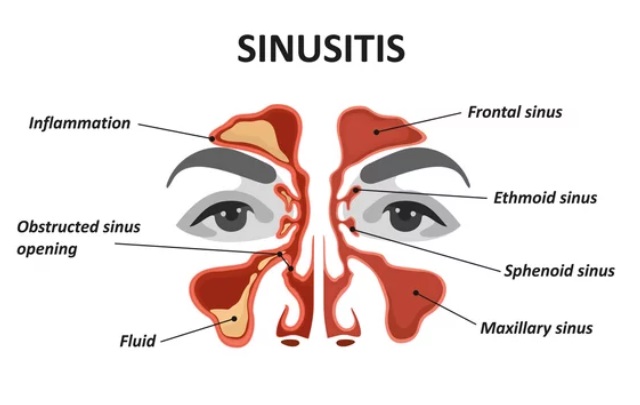
There are four groups of sinuses in our face and head:
- Maxillary sinuses in the cheekbones,
- Ethmoid sinuses in the bridge of the nose,
- Frontal sinuses in the forehead,
- Sphenoid sinuses near the base of the skull.
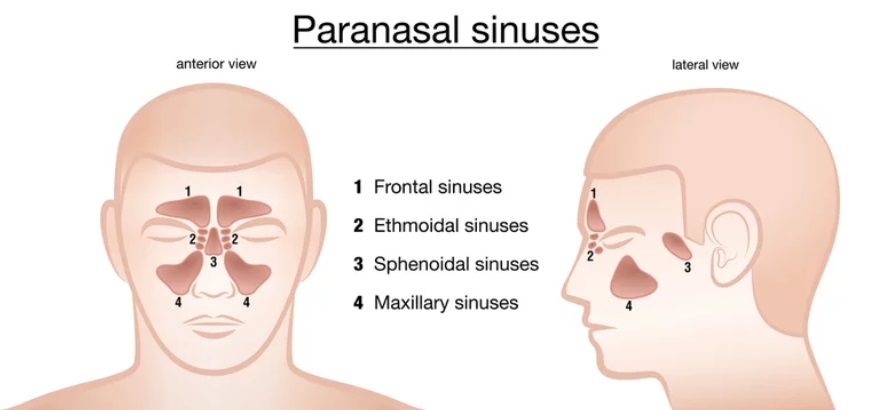
Each sinus has a lining of mucosa that produces secretions to keep our nose moist and slowly drains into the throat.
If this mucosal lining becomes inflamed due to allergy or infection, the secretions can stop draining and accumulate inside the sinuses. This leads to thick mucus pressing against the walls of the sinuses, causing pain in the face, head, eyes, and around the eyebrows.
To explain with an example, just like stagnant water becomes dirty and smelly over time, the accumulated mucus in the sinuses can lead to bacterial or fungal infections if not treated, causing severe symptoms like facial redness, high fever, facial swelling, eye swelling, and pus in the nose.
Sinusitis can be divided in several ways, such as:
1) Based on DURATION OF INFECTION –
- Acute sinusitis: Symptoms last less than 4 weeks.
- Subacute sinusitis: Symptoms last 4 to 12 weeks.
- Chronic sinusitis: Symptoms last more than 12 weeks.
- Recurrent sinusitis: Acute sinusitis episodes occur 4 or more times a year.
2) Based on the CAUSE OF INFECTION –
- Viral sinusitis: Caused by a viral infection.
- Bacterial sinusitis: Caused by a bacterial infection.
- Fungal sinusitis: Caused by a fungal infection.
- Allergic sinusitis: Caused by nasal allergies.
3) Based on which sinuses are affected –
- Maxillary sinusitis: Infection in the sinuses near the cheeks.
- Frontal sinusitis: Infection in the sinuses near the forehead.
- Ethmoid sinusitis: Infection in the sinuses between the nose.
- Sphenoid sinusitis: Infection in the sinuses near the back of the head.
Let’s now understand the difference between the common cold and sinusitis.
Many people confuse the two, but they are different.
COMMON COLD (Viral Rhinitis)
The common cold, also known as viral rhinitis, is a viral infection mainly caused by rhinovirus or parainfluenza virus.
It starts with a sore throat, and within 1 to 2 days, symptoms like a runny nose, nasal congestion, sneezing, and mild fever appear.
ANTIBIOTICS do not help with the common cold since a virus, not bacteria causes it.
It usually resolves on its own or with simple allergy medications within 5-7 days.
Viral Sinusitis
It is also mainly caused by rhinovirus or parainfluenza virus.
Symptoms include sore throat, runny nose, nasal congestion, sneezing, fever, headache, pressure and pain in the face and around the eyebrows appear.
Medications for Viral Rhinitis include:
1) ANTIHISTAMINES
such as Cetirizine, Levocetirizine, Chlorpheniramine, Loratadine, Desloratadine, Diphenhydramine, and Fexofenadine.
2) DECONGESTANTS
such as Oral decongestants like Phenylephrine and Pseudoephedrine, and
Topical decongestants like Oxymetazoline and Xylometazoline nasal sprays.
3) Vitamin C tablets
4) ZINC tablets
5) SALINE NASAL SPRAYS
6) STEAM INHALATION
6) REST is also important to help the body fight off the virus.
Now let’s talk about —
Acute Bacterial Sinusitis:
- It occurs due to inflammation and mucus accumulation in the sinuses.
- It is a bacterial infection, commonly caused by S. pneumoniae, H. influenza, Staphylococcus, and M. catarrhalis.
- Sometimes, infections in the upper jaw teeth and gums can spread to the maxillary sinuses, causing maxillary sinusitis.
Common symptoms of acute sinusitis include:
1) Runny nose

2) Nasal congestion

3) Sneezing

4) Facial pain and pressure
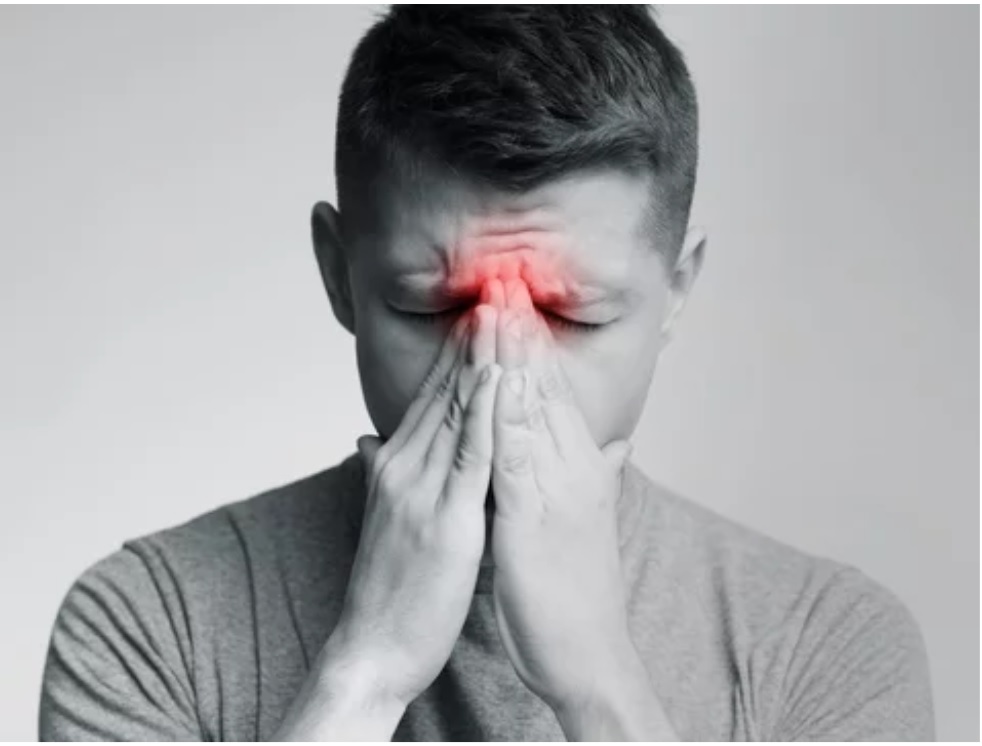
5) Headache, especially between the forehead and eyes
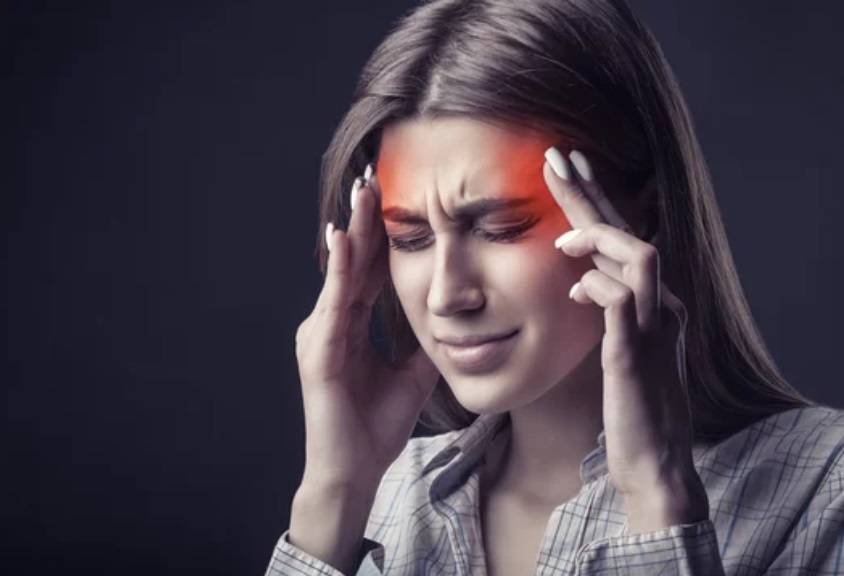
6) Headache that worsens on Bending forwards

7) Cough that worsens at night

8) Loss of smell

9) Yellow or green mucus

10) Post-nasal drip

11) Fatigue

12) High fever

Sinusitis does not resolve without medication, and proper treatment is necessary.
Common medications for Bacterial Sinusitis include:
1) Antibiotics:
Such as Amoxicillin, Amoxicillin-Potassium Clavulanate, Cefuroxime, Cefpodoxime, Clarithromycin, Azithromycin, and Doxycycline.
2) Decongestants (oral and topical)
3) Steroidal nasal sprays
such as Fluticasone and Mometasone.
4) Combination sprays of topical decongestants and steroids. for eg. Fluticone-Ox ®
5) Painkillers:
Like Acetaminophen, Ibuprofen, Diclofenac, Aceclofenac, etc.
6) Hot fomentation, and
7) Steam Inhalation
with menthol or eucalyptus oil capsules 3-4 times a day.
Difference between Viral and Bacterial Sinusitis
Viruses, like the ones that cause the common cold, cause most cases of sinusitis.
Bacteria can cause sinusitis, or they can infect you after a case of viral sinusitis.
If you have a runny nose, stuffy nose, and facial pain that doesn’t go away after ten days of symptomatic treatment, you might have bacterial sinusitis, or if your nose is filled with thick green discharge then also you have bacterial sinusitis.
Your symptoms may seem to improve but then return and are worse than the initial symptoms, this also means that the sinusitisis BACTERIAL. Antibiotics and decongestants usually work well on bacterial sinusitis.
GENERAL ADVICE includes —
1) Staying hydrated with warm beverages,
2) Avoiding air travel and alcohol,
3) Taking hot showers,
4) Using a humidifier, and
5) Not swimming while suffering from sinusitis.
In rare cases, acute bacterial Sinusitis may require surgery if the infection spreads severely, causing significant symptoms like facial and eye swelling.
Endoscopic sinus surgery is performed to clean the pus from the sinuses without external incisions.
For diagnosing sinusitis, nasal endoscopy, and CT scans are commonly used to confirm the condition.
If pus is detected during endoscopy, a sample can be taken for further examination.
THANK YOU
MEDICAL ADVICE DISCLAIMER:
This blog including information, content, references, and opinions is for informational purposes only.
The Author does not provide any medical advice on this platform.
Viewing, accessing, or reading this blog does not establish any doctor-patient relationship.
The information in this blog does not replace the services and opinions of a qualified medical professional who examines you and prescribes medicines.
If you have any questions of a medical nature, please refer to your doctor or the qualified medical personnel for evaluation and management at a clinic/hospital near you.
The content provided in this blog represents the Author’s own interpretation of research articles.
